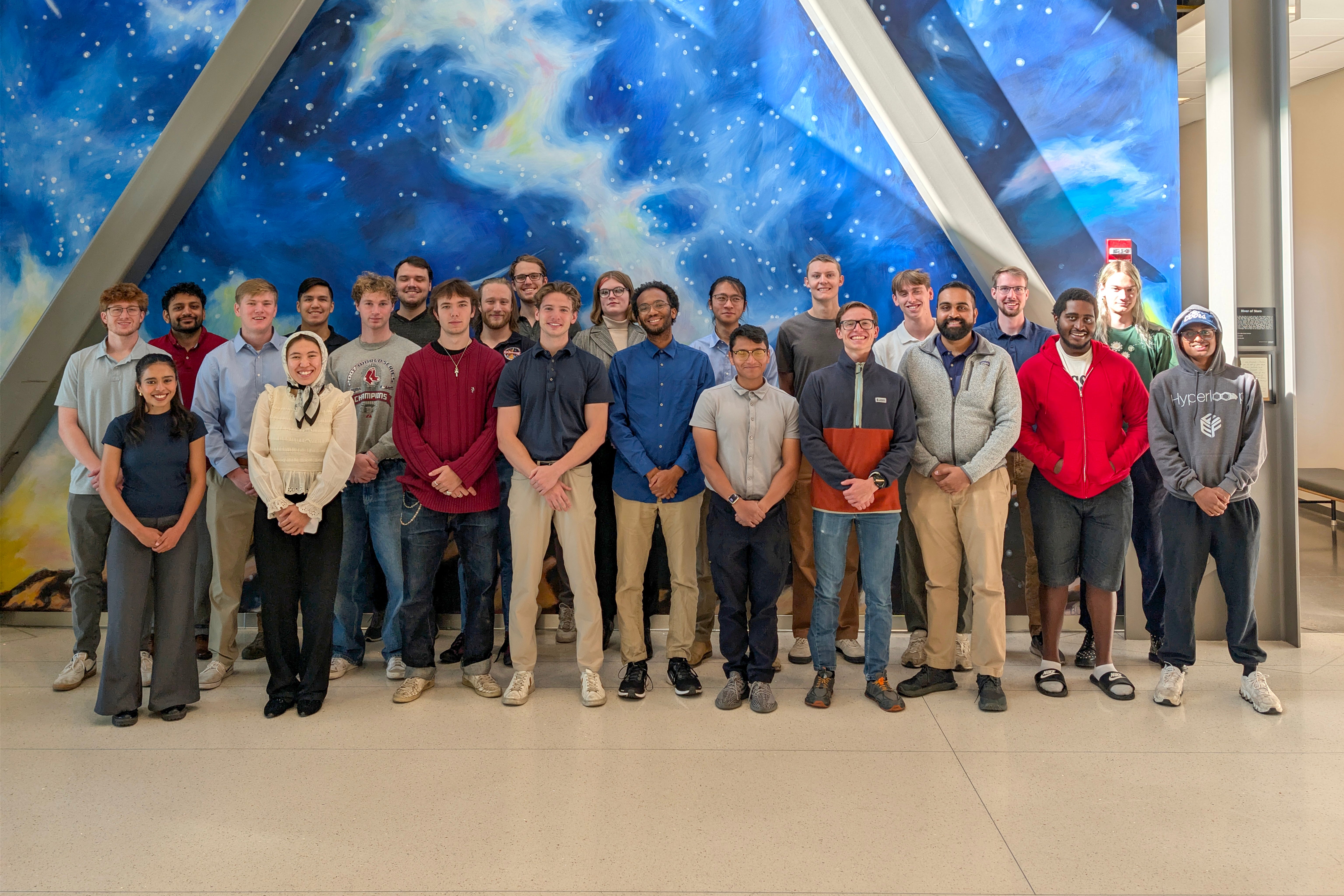Autonomous Rover Exploration System (ARES)
Autonomous Rover Exploration System (ARES)
Faculty Advisor: Melvin Rafi
Industry Mentor: General Atomics
Summary: The ARES (Autonomous Rover Exploration System) project involves developing and prototyping a network of rovers that can function autonomously and cooperatively. When deployed within an area of interest, the successful rover network will be able to communicate and make decisions amongst themselves to navigate within the area, avoid obstacles, locate a target of interest, and move towards the target of interest.
Key Requirements:
- The rover network shall include at least three rovers and at most five rovers.
- The rover platform may be custom-built or obtained as a Commercial-off-the-shelf (COTS) unit. For COTS units, teams should anticipate the need to modify the rover platform and integrate additional hardware (eg. Sensors, communications equipment, miscellaneous electronics).
- Each rover shall have a volumetric footprint of at most 30 cm length x 30 cm width x 30 cm height.
- Each rover shall have an endurance of at least 60 minutes.
- Each rover shall be able to function and operate in temperatures ranging from 15°C to 25°C.
- Each rover shall be able to sense and record system states (including but not limited to position, velocity, acceleration, battery states, time states, and other tbd states as deemed appropriate).
- Each rover shall be able to wirelessly communicate necessary ‘state’ information to other rovers within the rover network in real-time.
- The rovers shall be able to autonomously and cooperatively navigate within an ‘area of interest’.
- The rovers shall be able to autonomously navigate around ‘obstacles’ within the area of interest.
- The rovers shall be able to autonomously navigate over ‘terrain features’ without having its movement impeded.
- The rovers shall be able to autonomously and cooperatively search for, locate, and navigate toward a ‘target of interest’ within the area of interest within a predetermined amount of time.
| Role | Name |
|---|---|
| Project Manager | Anthony Storm |
| Systems Engineer (GNC/CDH) | Cole Jones |
| Systems Engineer (S/PT/P) | Sam Fallon |
| Finance Lead | Shawn Patel |
| Finance Deputy Lead | Matthew Siedlecki |
| Structures Lead | Gavin Radtke |
| Structures Engineer | Daniala Mohammadi |
| Structures Engineer | Matthew Siedlecki |
| Structures Engineer | Yaseen Mustapha |
| Powertrain Lead | Michael Patton |
| Powertrain Engineer | Andreas Wilwerding |
| Powertrain Engineer | Joud Redyan |
| Powertrain Engineer | Nicholas Perron |
| Power Lead | William Crum |
| Power Engineer | Ash Tribble |
| Power Engineer | Ntoro Akpabio |
| Power Engineer | Tristan Seeley |
| Guidance & Navigation Lead | YuKang Kong |
| Guidance & Navigation Engineer | Mike Kuligowski |
| Guidance & Navigation Engineer | Amoun Abdel-Malak Forbes |
| Dynamics & Control Lead | Vishnu Duriseti |
| Dynamics & Control Engineer | Josh Colgrove |
| Dynamics & Control Engineer | Ollie Kaplan |
| Dynamics & Control Engineer | Riley Martin |
| Command & Data Handling Lead | Allison Byrnes |
| Command & Data Handling Engineer | Aidan Murray |
| Command & Data Handling Engineer | Dustin Magno |
| Command & Data Handling Engineer | Shawn Patel |
- Undergraduates
- Graduates
- Academic Standards
- Course Syllabi
- Manufacturing Shops
- Accreditation
- Opportunities & Aid
- Graduation Information


